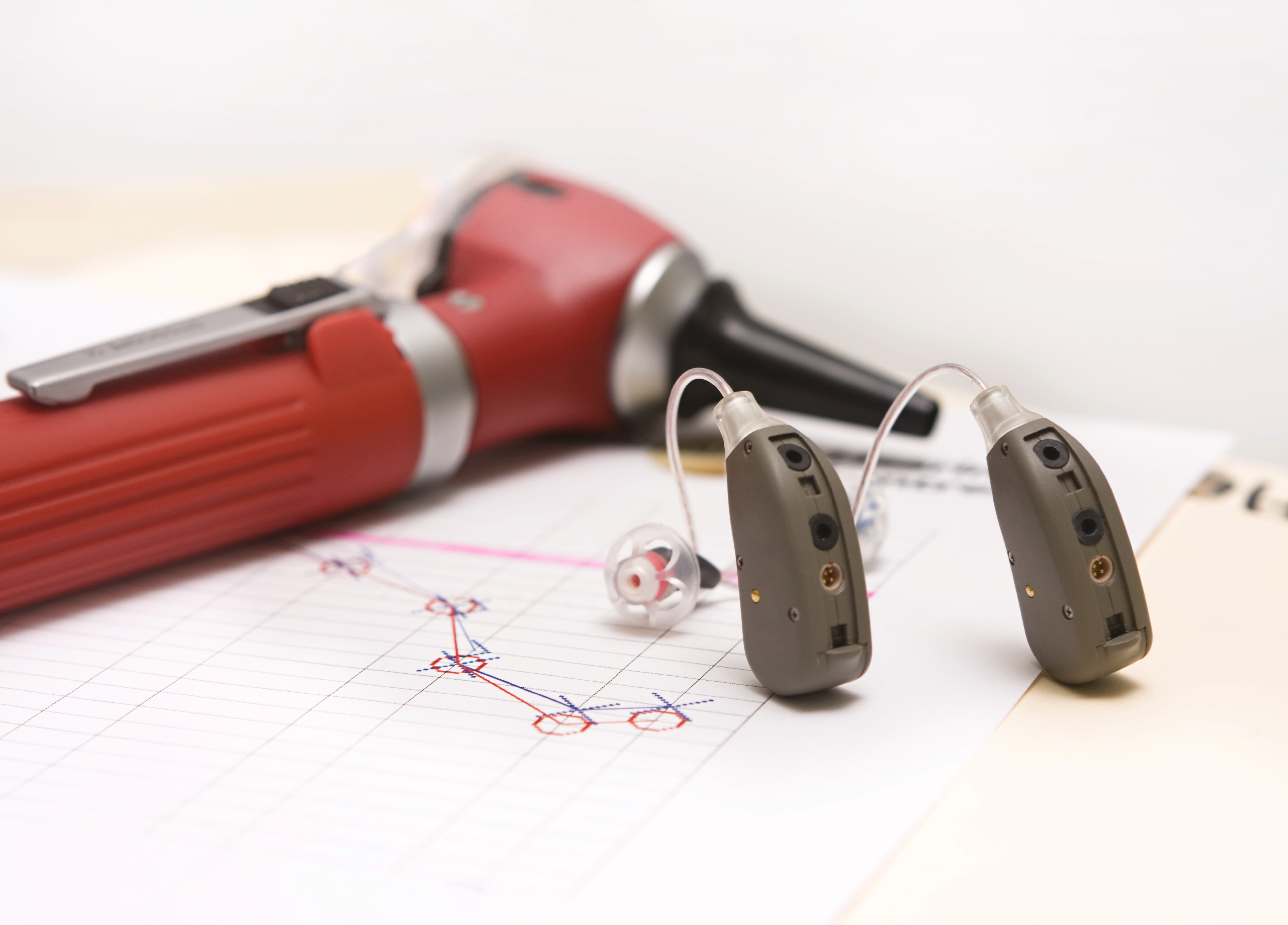
You have probably seen the commercials. The ones promoting PSAPs, or personal sound amplification products, assuring an improvement to hearing for as little as 20 dollars. It appears to be a great deal—especially in comparison to the significant price tag of a hearing aid.
The truth is, it’s not so much a great deal as it is shrewd advertising. The commercials do their best to obscure some very important information while concentrating on carefully selected talking points.
But the question remains: why would you choose to spend more money on a hearing aid when cheaper PSAPs are readily available? Here are five good reasons.
1. PSAPs are not medical devices regulated by the FDA
Listen carefully to the PSAP commercials. You’ll hear all about “boosts” to hearing but never about actually treating hearing loss. The reason: PSAPs are not FDA-regulated medical devices and cannot be utilized to treat any medical ailment, including hearing loss. PSAPs are merely leisure devices intended to produce advantages to people who can already hear with ease.
Making use of a PSAP to address hearing loss is like purchasing a pair of reading glasses to treat near and far-sighted vision impairment. Hearing aids, on the contrary, are FDA-regulated medical devices that can properly treat hearing loss.
2. PSAPs are not customizable
Hearing aids may not look very impressive on the surface, but inside they contain advanced digital technology that can slice up, store, adjust, and control any type of sound. Hearing aids can also make adjustments for pitch and volume so that amplification complements the patient’s hearing loss precisely.
A PSAP, in comparison, is a one-size-fits-all electronic gadget that amplifies soft sounds. Since every person’s hearing loss is a little different, PSAPs won’t amplify the correct frequencies. Instead, PSAPs will amplify all sound, generating distortion in noisy locations.
3. PSAPs can’t enhance speech
Speech sounds are distinctive in that they are mostly represented in the higher frequencies, especially in comparison to background noise. Given that digital hearing aids can identify variations in sound frequency, hearing aids can amplify speech while suppressing background noise. PSAPs, generally speaking, are lacking this functionality.
4. PSAPs could cost you more in the end
Firstly, hearing loss is sometimes caused by factors that do not require hearing amplification at all. If, for instance, earwax accumulation is causing your hearing loss, a simple professional cleaning can correct your hearing within a matter of minutes—and without a dime spent on any amplification products.
Second, sometimes more significant medical conditions can result in hearing loss, so you’ll want a professional evaluation to rule this out. Because you can buy a PSAP without any communication with any healthcare specialists, you could be placing yourself in danger.
Third, if you do have noise-induced or age-related hearing loss, a PSAP will not work the way you would need it to. You’ll most likely purchase a hearing aid at some point anyway, so you might as well skip the extra cost of the PSAP.
And finally, contrary to hearing aids, there is no mandatory trial period for PSAPs. If you buy one and it doesn’t get the job done, there’s no legal guarantee that you’ll get back your money.
5. PSAPs lack the features of a hearing aid
PSAPs, like we mentioned, are simple amplification gadgets stripped-down of any sophisticated functionality. Hearing aids, in contrast, can enhance speech, minimize background noise, and adjust to different surroundings. Several hearing aid models can even wirelessly stream phone calls and music, and some can be controlled with smartphones and watches.
The choice is yours
PSAPs do have their uses. If you have regular hearing, PSAPs are great for things like bird watching and eavesdropping on conversations, if that’s your sort of thing.
But for hearing loss, don’t settle for less than you deserve. Your hearing, and the relationships that depend on it, are too important.